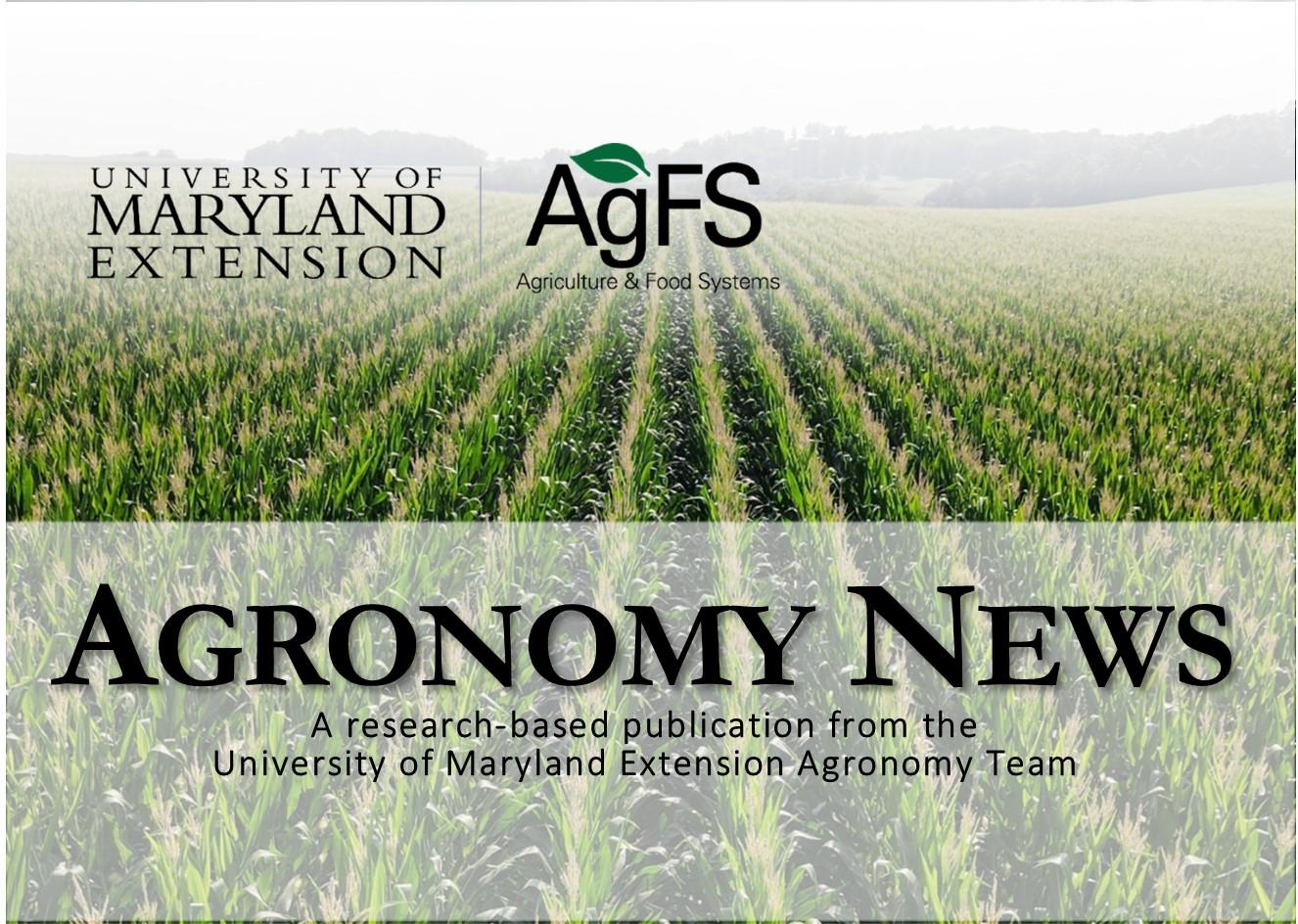Updated: April 3, 2025
Growing Giant Miscanthus on Marginal Land: A Sustainable Solution for Challenging Conditions (FS-2024-0735)
Giant miscanthus (Miscanthus × giganteus) is a promising perennial biomass crop that offers a sustainable solution for marginal lands affected by saltwater intrusion, intermittent flooding, and deer damage. Our research, conducted over two harvest seasons, evaluated the performance of giant miscanthus in a 10-acre commercial field exposed to these challenges. Despite the harsh conditions, the crop established well, with only a small yield penalty compared to miscanthus grown on prime land, demonstrating its resilience where traditional crops like corn and soybeans struggle. One of the most notable findings was giant miscanthus’s ability to tolerate high salinity, an increasing concern for farmland impacted by rising sea levels on the Eastern Shore of Maryland. The crop survived even in areas submerged for over a month, with total loss occurring only in sections that remained flooded year-round. Additionally, our research confirmed its strong resistance to deer browsing, as deer largely avoided the tough, fibrous stems and leaves. With minimal inputs after establishment and an annual harvest, giant miscanthus is a sustainable, low-maintenance alternative for biomass production. Its adaptability to marginal land makes it a viable economic and environmental solution for farmers facing challenging growing conditions. Authors: Sarah Hirsh, Haley Sater and Jonathan Moyle; Title: Growing Giant Miscanthus on Marginal Land: A Sustainable Solution for Challenging Conditions (FS-2024-0735).
Updated: April 3, 2025
Giant Miscanthus (Miscanthus × giganteus): A Perennial Biomass Crop (FS-2024-0734)
Giant miscanthus (Miscanthus × giganteus) is a perennial, warm-season biomass crop that can thrive on both prime and marginal land. It grows up to 12 feet tall, develops deep roots, and has a lifespan of 15–30 years. Once established, it requires minimal inputs and reaches peak biomass production in its third year, yielding 10–15 tons per acre. Unlike other Miscanthus species, giant miscanthus is a sterile hybrid, meaning it does not spread by seed, reducing its invasiveness. It expands slowly through rhizomes and generally remains within its planted boundaries unless disturbed by erosion. It is well-adapted to various soil types and can tolerate wet or salty conditions with some yield loss. Rhizomes are typically planted in early spring or fall, depending on the field site and climate. Giant miscanthus requires minimal fertilization and weed control after establishment. It is resistant to deer browsing and has shown little susceptibility to pests and diseases. In Maryland, it is harvested annually from November to March using standard forage equipment. The biomass can be used for bioenergy, animal bedding, and industrial applications, with additional benefits for erosion control and carbon sequestration. Farmers should secure a market before investing in this long-term crop. Authors: Haley Sater, Sarah Hirsh, and Jonathan Moyle; Title: Giant Miscanthus (Miscanthus × giganteus): A Perennial Biomass Crop (FS-2024-0734).
Updated: May 16, 2024
Soil Fertility Recommendations-Nitrogen, Phosphorus, and Potassium Requirements of Miscanthus (EB-443)
Miscanthus x giganteus (miscanthus) is an emerging bioenergy crop with growing interest in Maryland as an alternative poultry bedding material. This extension bulletin outlines the development of soil fertility recommendations based on the review of current literature for miscanthus production in Maryland. Author's: Brian Kalmbach, Gurpal Toor, and David Ruppert. Title: Soil Fertility Recommendations-Nitrogen, Phosphorus, and Potassium Requirements of Miscanthus (EB-443).

